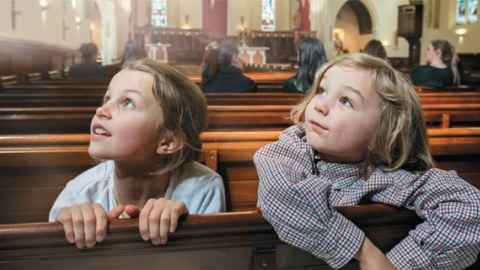Can we earthquake-proof New Zealand?
The February 2011 Christchurch earthquake was New Zealand’s second deadliest natural disaster, surpassed only by the 1931 earthquake in Hawke’s Bay. 185 people from 20 countries were killed. Some 1,240 buildings in the central city, from old to just-built, have had to be demolished. Almost all the city’s internationally recognised heritage buildings were lost. The total cost of the rebuild has been put at over $40 billion and it is estimated that it will take the economy 50 to 100 years to recover completely.
One of the main causes of death and injury in the Christchurch earthquakes was unreinforced masonry buildings. They are found in main streets all over the country and are generally the oldest in any community, the most valuable to the community and the most dangerous in an earthquake. Among buildings of this type, churches are particularly vulnerable to earthquakes because they are tall structures with large spaces and few or no internal walls. We know from Christchurch that they perform particularly badly in a large earthquake.
Researchers at the University are examining ways of minimising loss and damage, and speeding recovery, after major earthquakes. To aid this work the University of Auckland has constructed a major new structures test hall on the Newmarket Campus with one of the largest seismic testing walls in Australasia.

Churches are particularly vulnerable to earthquakes because they are big, tall structures with large spaces and few or no internal walls.
They are also exploring ways to protect unreinforced masonry buildings without unreasonably compromising their appearance and functionality, including novel solutions for securing parapets and chimneys, two of the most earthquake-affected building structures.
Associate Professor Charles Clifton and his colleagues are developing new kinds of building structures and joints to make buildings much more quake-resistant.
Of course, prevention is better than cure, and so other researchers are studying the geological processes that lead to earthquakes in the first place. This includes work with a private company on software to enable us to visualise deep, hidden and, therefore, previously unknown fault lines, such as those that were already under Canterbury before the quake.
We will always be subject to earthquakes in New Zealand, but research such as this offers us the opportunity to protect our people and our property from future disasters.
Support engineering
Engineers’ skills are essential for maintaining a functional society and they significantly influence our economic prosperity.
Find out more
To find out more about how you can help, contact:
Graeme Steven, Development Manager, Faculty of Engineering
PH: + 64 21 0820 1707
EMAIL: graeme.steven@auckland.ac.nz